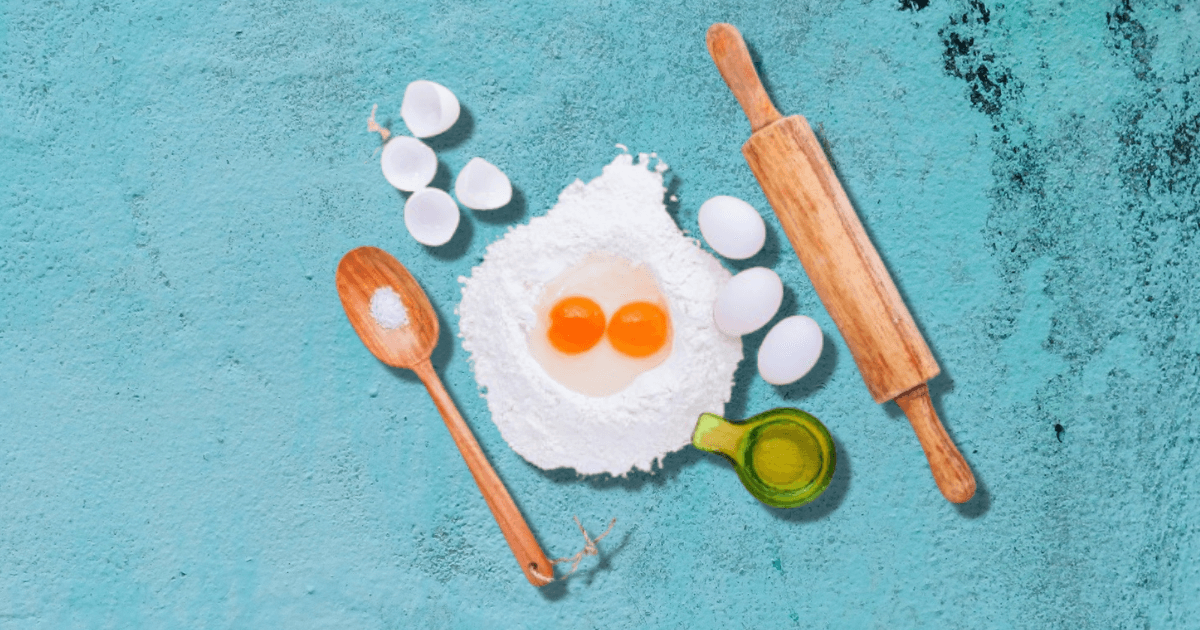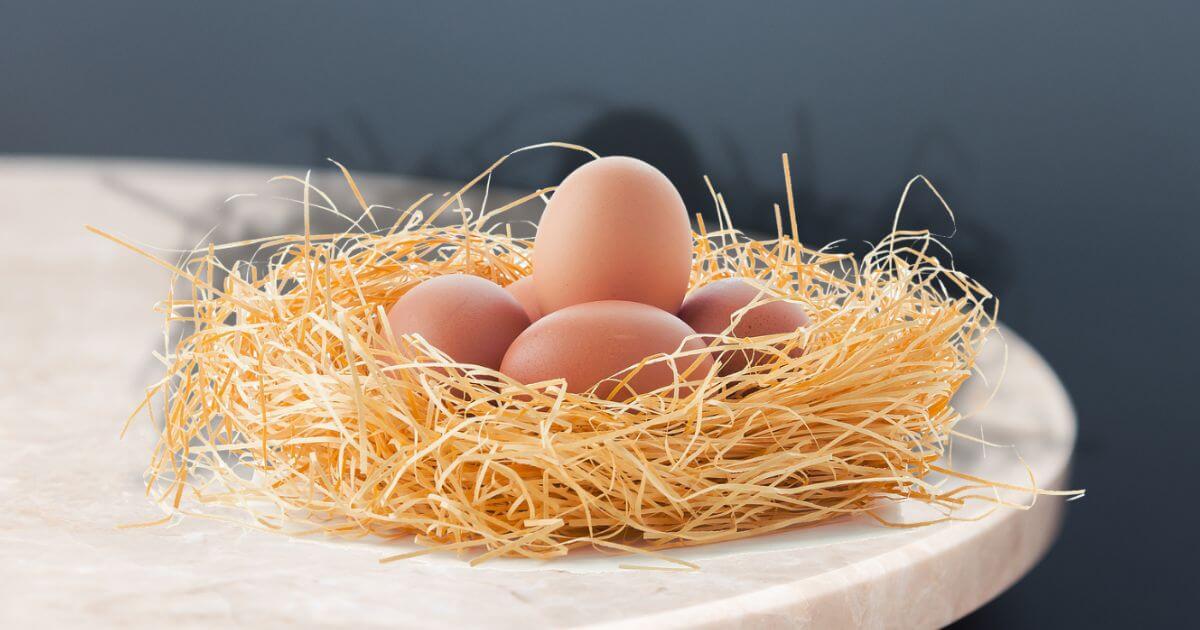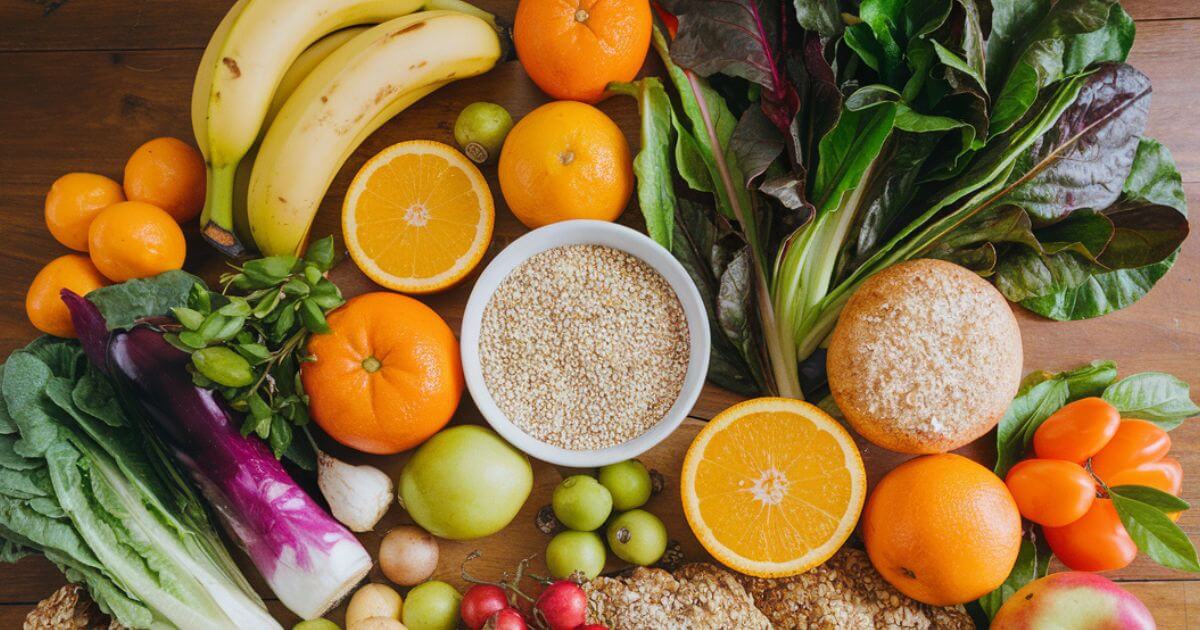Sure! It is a fulfilling and creative skill. But baking for beginners; can sometimes feel frustrating. Have you ever followed a recipe exactly, only to end up with a cake that doesn’t rise, cookies that spread too much, or bread that turns out dense and tough? You’re not alone!
Baking is a science that requires accuracy, patience, and practice. Many beginners face common problems like uneven baking, dry textures, or overly dense cakes. But don’t worry these issues can be easily fixed with the right techniques.
In this guide, we will first explore the most common baking problems and then share 10 expert tips to help you bake like a professional. Whether you are making cookies, cakes, or bread, these tips will ensure perfect results every time.
Here Are Common Baking Problems Beginners Face
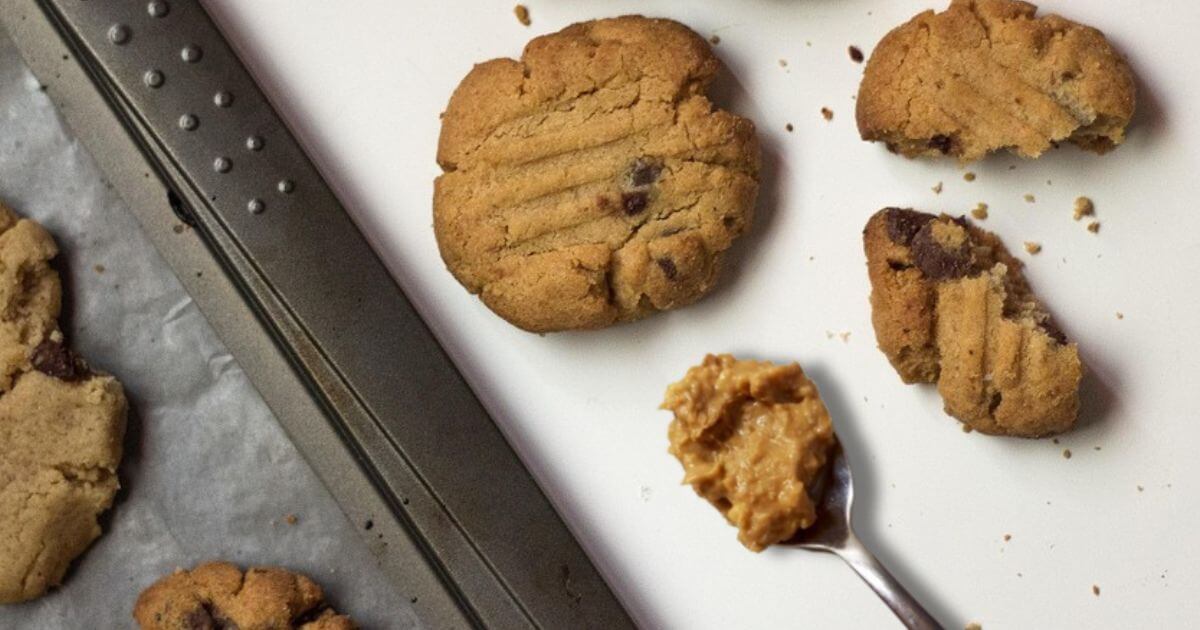
1. Cake Didn’t Rise Properly
When baking, one of the most disappointing moment is when your cake comes out flat instead of light and fluffy. This happens due to expired baking powder or soda, over mixing of the batter, and even incorrect oven temperature can make your cake flat.
2. Cookies Spread Too Much
Happily, You put perfectly shaped cookie dough balls into the oven, but they spread into a thin, greasy mess after doneness. This can be because of using too much butter, putting baking tray in a too-hot oven, or failing to chill and rest the dough before baking.
3. Dry and Crumbly Cake or Muffins
A beautiful cake or muffin you were waiting to enjoy, looks dry or crumbly is often the result of overbaking, it can also be the result of using too much flour, or not enough fat or liquid while making the batter. Measuring ingredients incorrectly can make your baked goods turn out dry and unappetizing.
4. Dense and Heavy Bread
Sometimes your homemade baked bread feels heavy instead of soft, airy, and light weight. Yes, the problem arose when you could be not kneading the dough enough, using old or expired yeast that is not as active, or not allowing enough time for the dough to rise.
5. Uneven Baking /Burnt on One Side, Raw on the Other
This occurs when your oven temperature is inconsistent, or when the baking pan is placed too close to one side of the oven. Using a reliable oven thermometer can help you to prevent this issue of inconsistent temperature.
6. Soggy Bottoms on Pies and Tarts
The blind baking ( not pre-baking the crust) can make the crust of your pie and tarts wet and soggy instead of crispy. The other reasons might be it might be too much liquid in the filling, or placing the pie on a cool oven rack.
7. Cake Sticks to the Pan
This is the most common problem and can ruin a perfect baked cake. If you don’t grease and line your pan with parchment paper properly, your cake might break apart into pieces when you try to unmold it.
8. Frosting Melts or Becomes Runny
If your cake frosting is too soft and melts off the cake, it could be because the butter was too warm when mixed, or the cake wasn’t fully cooled before frosting or the case when your frosting was not chilled.
9. Tough or Chewy Cookies
No-one likes to eat cookies that feel like rubber. You may experience this because of overmixing the dough, overbaking, or use too much flour quantity.
10. Eggy or Off-Flavored Baked Goods
If your baked goods have an extra eggy taste or a bitter aftertaste, it might be due to too many eggs in batter, less sugar, and improper mixing of ingredients.
Now that we have covered the common problems, let’s dive into 10 expert tips to make sure your baking is flawless every time!
Here Are 10 Expert Tips for Perfect Baking Every Time
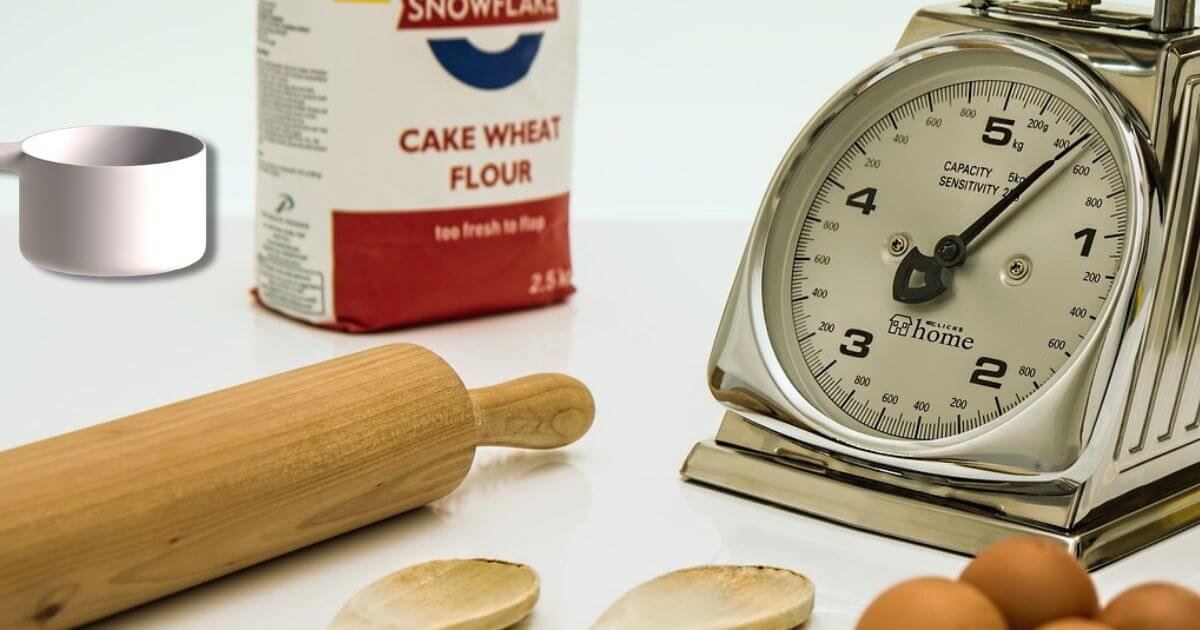
1. Measure Ingredients Accurately
Baking is all about precision. Use measuring cups and spoons for dry ingredients and a kitchen scale for best accuracy. Always level off your flour and baking ingredients with a knife to avoid using extra quantity.
2. Always Preheat Your Oven
A cold oven lead to uneven baking. Always preheat your oven according to recipe instructions or for at least 10–15 minutes before baking. Using an oven thermometer can help you to check for accuracy.
3. Use Room Temperature Ingredients
Cold ingredients don’t mix as well, leading to dense textures. Take eggs, butter, and milk out of the fridge at least 30 minutes before baking and use them at room temperature. This helps create a smooth batter and better consistency.
4. Don’t Overmix the Batter
Overmixing of batter make cakes and muffins dense and tough. Mix just until ingredients are well combined instead of excessive stirring. If the recipe calls for ”folding” gently mix the ingredients by cut and fold method with a spatula instead of beating.
5. Use the Right Baking Pans
Dark-colored pans absorb more heat than light colored pans and can cause overbaking. To ensure even baking, use light-colored aluminum or glass pans. Also, make sure to choose the correct size pan based on your recipe ingredients/mentioned in the recipe.
6. Test for Doneness Properly
As the baking time completed, use a toothpick test for cakes and muffins if it comes out clean, it’s done. For bread, tap the bottom of pan if it sounds hollow, means it baked properly.
7. Chill Dough When Necessary
For cookies, pie crusts, and pastries, chilling the dough helps prevent excessive spreading. Refrigerate dough for at least 30 minutes before baking for better texture.
8. Grease and Line Your Pans Well
Do not forget to use butter, oil spray, or parchment paper to line your baking instruments such as trays and cake pans. This make easier to remove baked goods without damage while preventing sticking.
9. Let Baked Goods Cool Completely
After baking your goods, cooling is essential step to get the best texture and taste of your product. Allow cakes and bread to cool in the pan for 10 minutes before transferring to a wire rack. Then bring it to room temperature. Frosting a warm cake will melt frosting down to bottom edges or will make it runny.
10. Store Baked Goods Properly
To keep cookies and cakes fresh, store them in airtight containers. Bread should be wrapped in a clean cloth and stored in a cool place. If needed, freeze extra portions for longer shelf life and check for any fungal growth before use.
Take It Easy Now
Baking does not have to be frustrating! By understanding the most common beginner mistakes mentioned above and applying these expert tips, you can ensure delicious, perfectly baked treats every time.
Start with small improvements: measure accurately, preheat your oven, and avoid overmixing. With practice and patience, you will gain confidence and enjoy the process of baking even more.
Now, grab your favorite recipe, apply these tips, and get baking!
Have any baking questions? Drop them in the comments below!

